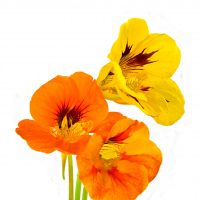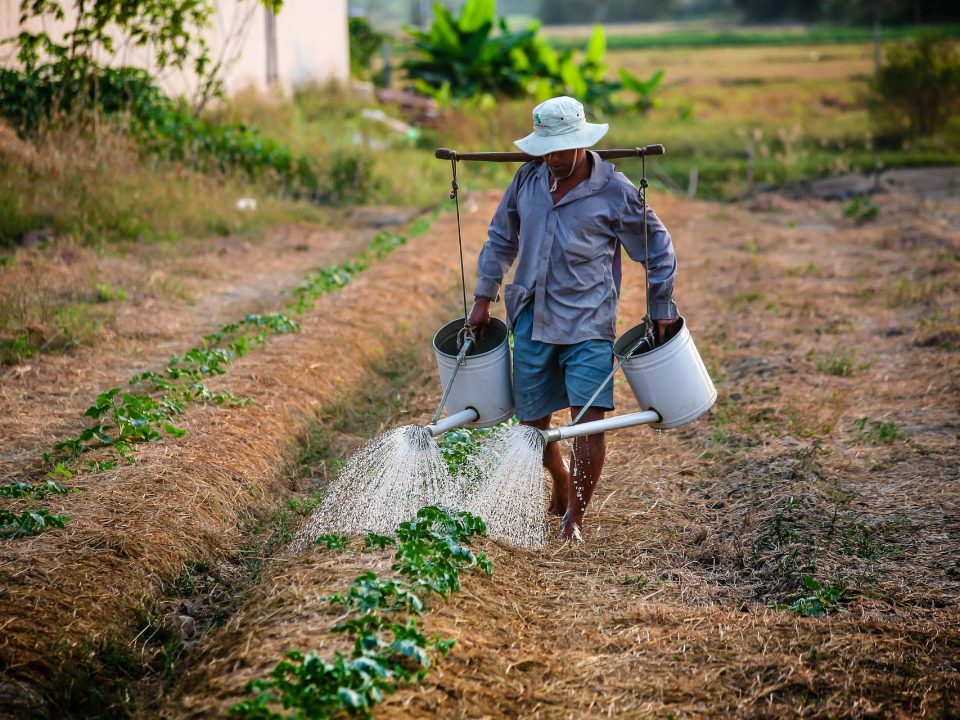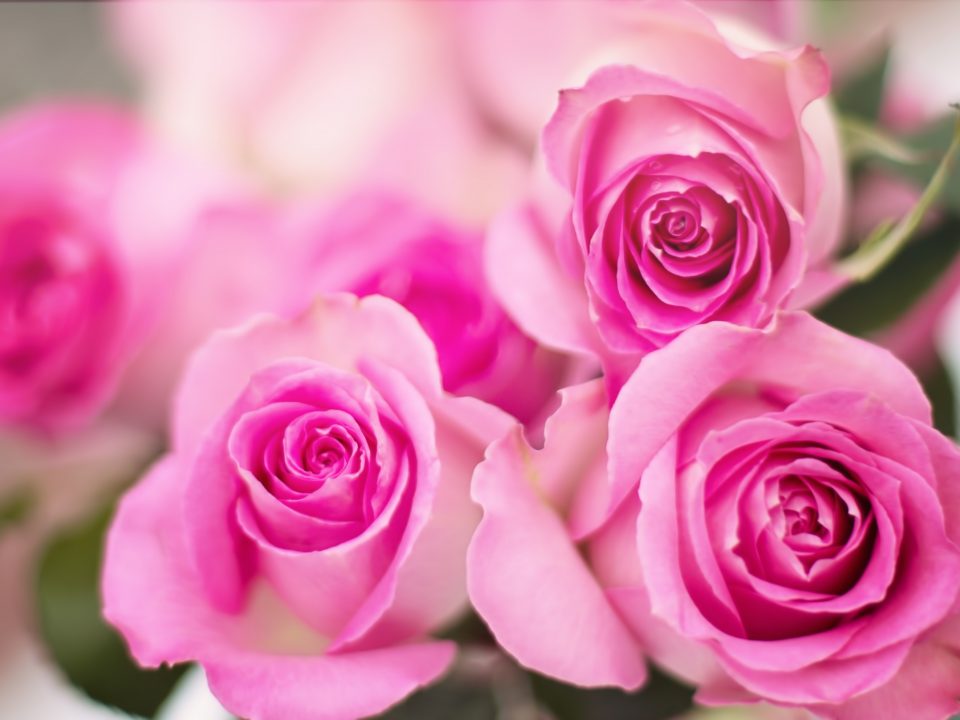Food flowers – from garden to table

electrical conductivity and plant development
September 2, 2018
Planting and handling of trees
September 7, 2018Food flowers – from garden to table
Many of the seasonal flowers are edible and can be a decorative and tasty addition to salads, soups, sandwiches, drink glasses and even a batter. A bowl with a graceful mix of leaves and flowering flowers grown on the balcony can provide excellent raw material for making the meal special and festive
Food flowers are a familiar culinary trend, but it always manages to surprise us again: among the winter breeze, light-plant nurseries offer you a refreshing breath of color and taste on the terrace, in the garden and in the kitchen.
When choosing flowers for your home garden, consider the flowers that have dual use – the flowers of the food. Like the spice herbs we know more, the flowers of the food add flavor and flavor to the food and their variety is great: sweet, bitter, spicy, pickled, scented and more. But in addition they make the dish / meal more beautiful and colorful. (And we eat first and foremost through the eyes).
Many seasonal flowers are edible and can be a decorative and tasty addition to salads, sandwiches, and drink glasses. A bowl of edible flowers grown on the balcony can provide excellent raw material for making the meal special and festive.
Examples of winter flowering flowers: the flower Nasturtium and the leaves with strong tannic taste, a recipe for the Nasturtium soup is attached, flowering Begonia flowers up to the wonderful decoration of drinks, Pansy and daisies graceful addition to decorate drinks, salads and desserts, Marigolds are rich in pigments for coloring foods like pasta, rice and pastries. Their petals are sweet and suitable for recent dishes and salads..
Before eating, it is recommended to remove the pollen because it is dusty. Make sure the flowers are free of pesticides and road dust. To check that the flower is free of insects, and for allergy sufferers to start a small portion to remove the fear of it.
It is worth remembering:
• Not every beautiful and fragrant flower is edible. Flowers can only be combined with cooking when we are absolutely certain they are edible and non-toxic.
• Do not eat flowers collected at the roadside. Presumably these flowers have received reeds in herbicides and other potentially toxic materials.
• If you are allergic to allergies, be careful to eat flowers and do it in small quantities, step by step
• Check which part of the flower is edible. Some can eat only the petals while others can eat the whole flower.
Recipe for soup of Nasturtium leaves
A glass of leaves of the Nasturtium is washed and cut into strips
1 tablespoon olive oil
1 medium potato, cut into cubes
1 tablespoon lemon juice
1 small chopped onion
3 cups water
Salt and pepper
2 tablespoons cooking cream as an option
Preparation:
· Fry the onions and the cap of the Nasturtium with a wooden spoon. When the onion begins to turn golden, add the cubes of potatoes, salt and pepper and water. Cook until softened (about 30 minutes). Grind the blender and strainers. Add the lemon, stir and add the cream. Serve with a number of Nasturtium flowers






